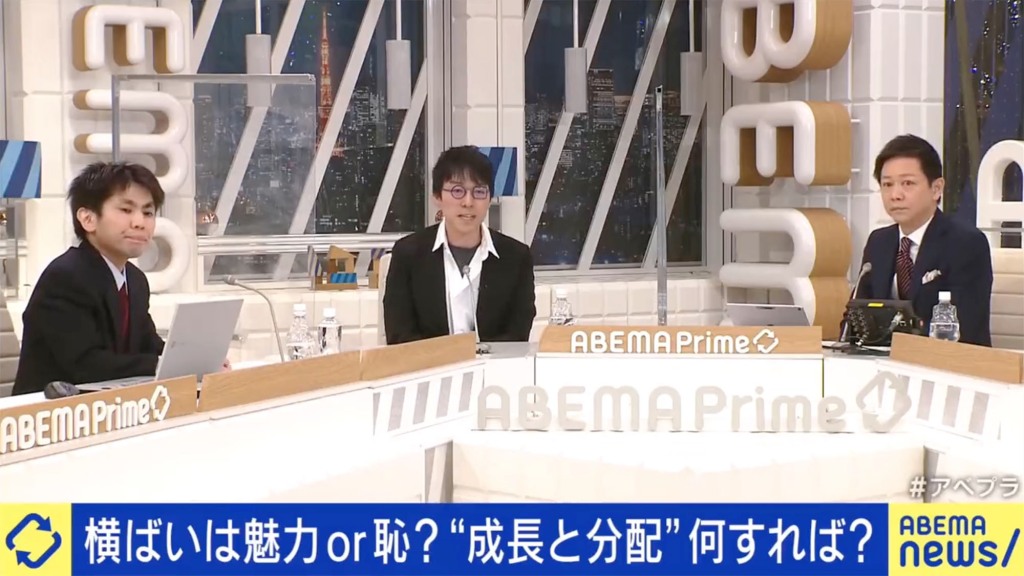Yale professor suggests elderly Japanese residents should die in mass suicide
A professor at Yale University has sparked outrage for suggesting that elderly Japanese residents should take part in a “mass suicide” by disembowelment to help the country deal with its rapidly aging population.
Yusuke Narita, 37, an assistant professor of economics at the Ivy League school, has gained hundreds of thousands of followers on social media as he touted the controversial solution in multiple interviews and publications — but he’s also drawn ire, the New York Times reported.
“I feel like the only solution is pretty clear,” Narita said during a news program in late 2021.
“In the end, isn’t it mass suicide and mass ‘seppuku’ of the elderly?” he added, referring to the practice of disembowelment utilized by dishonored Samurai in the late 19th century.
Last year, Narita answered a boy’s question about seppuku by telling a group of students about a scene from “Midsommar,” a 2019 flick in which a Swedish cult sends one of its oldest members to jump off a cliff.
“Whether that’s a good thing or not, that’s a more difficult question to answer,” he said. “So if you think that’s good, then maybe you can work hard toward creating a society like that.”
He also has discussed euthanasia, predicting that the “possibility of making it mandatory in the future” will become part of the public discourse.
The professor’s incendiary remarks touched a raw nerve in a country where kamikaze pilots were revered for dying in a blaze of glory during World War II.
Narita told the Times that his comments had been “taken out of context” — saying he was referring to efforts to push older people out of leadership positions in business and politics.
“I should have been more careful about their potential negative connotations,” he told the paper about the phrases “mass suicide” and “mass seppuku,” saying they were “an abstract metaphor.”
“After some self-reflection, I stopped using the words last year,” Narita added.
In Japan, the professor has gained a following among disaffected youths who believe their economic progress has been stymied by the elderly in power.
His Japanese Twitter bio reads: “The things you’re told you’re not allowed to say are usually true.”

Narita’s detractors pushed back at his controversial remarks.
“It’s irresponsible,” journalist Masaki Kubota said, according to the Times, adding that people “might think, ‘Oh, my grandparents are the ones who are living longer and we should just get rid of them.’”
Newsweek Japan columnist Masato Fujisaki said Narita’s supporters “believed old people should just die already and social welfare should be cut.”
Some fear that Narita’s views are gaining traction in a country where older generations have traditionally been honored.

In 2013, then-Finance Minister Taro Aso said the elderly should “hurry up and die” to spare the nation the cost of their medical care.
Last year, a dystopian movie by Japanese filmmaker Chie Hayakawa called “Plan 75” imagined salespeople offering elderly citizens an incentive to self-euthanize and no longer be a burden to society.
Alexis Dudden, a historian at the University of Connecticut who studies modern Japan, told the Times that Narita is “not focusing on helpful strategies such as better access to day care or broader inclusion of women in the work force or broader inclusion of immigrants.”
He added: “Things that might actually invigorate Japanese society.”

Some surveys in Japan have suggested that a majority of the population supports legalizing voluntary euthanasia, according to the newspaper.
But Fumika Yamamoto, a professor of philosophy at Tokyo City University, noted that every country that has legalized it only “allows it if the person wants it themselves.”
Narita emailed the Times that “euthanasia (either voluntary or involuntary) is a complex, nuanced issue. I am not advocating its introduction,” adding, “I predict it to be more broadly discussed.”
The Post has reached out to Yale Economics Department chairman Tony Smith and a spokesperson for the university for comment.
Read the full article Here


